
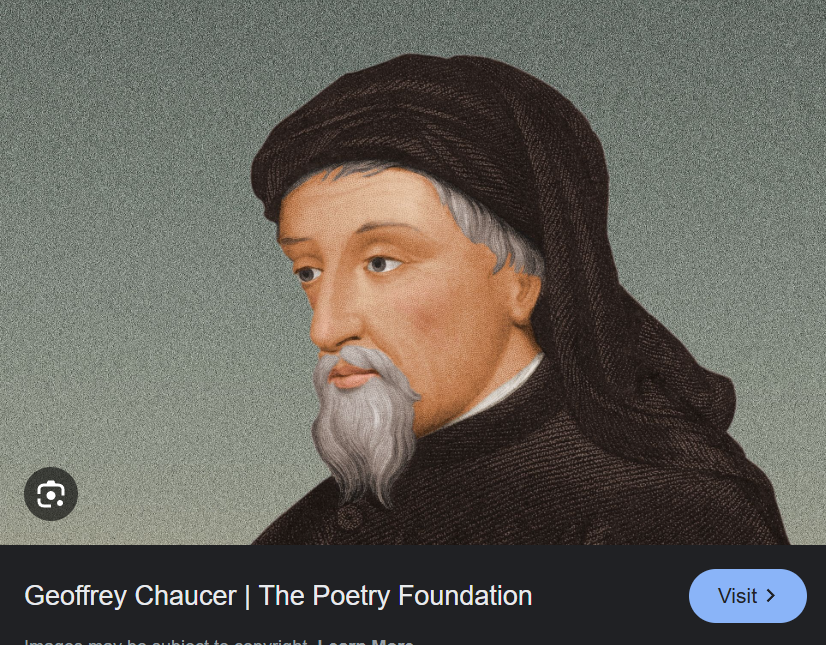
Geoffrey Chaucer
c. 1340-1400
An Interactive Exploration by Kalviyogi Nagarajan 369 Tesla Pvt Limited
Known as the 'Father of English Literature,' Geoffrey Chaucer was a medieval English poet, author, and civil servant. His masterpiece, The Canterbury Tales, is considered one of the greatest works in English literature, offering a vivid portrait of medieval society through the stories told by a diverse group of pilgrims.
Key Facts:
- First major poet to write in Middle English vernacular
- Served as a diplomat, civil servant, and Member of Parliament
- Influenced by French and Italian literary traditions
- Pioneered the use of iambic pentameter in English poetry
- His works provide invaluable insights into 14th-century English society
Related Literary Terms:
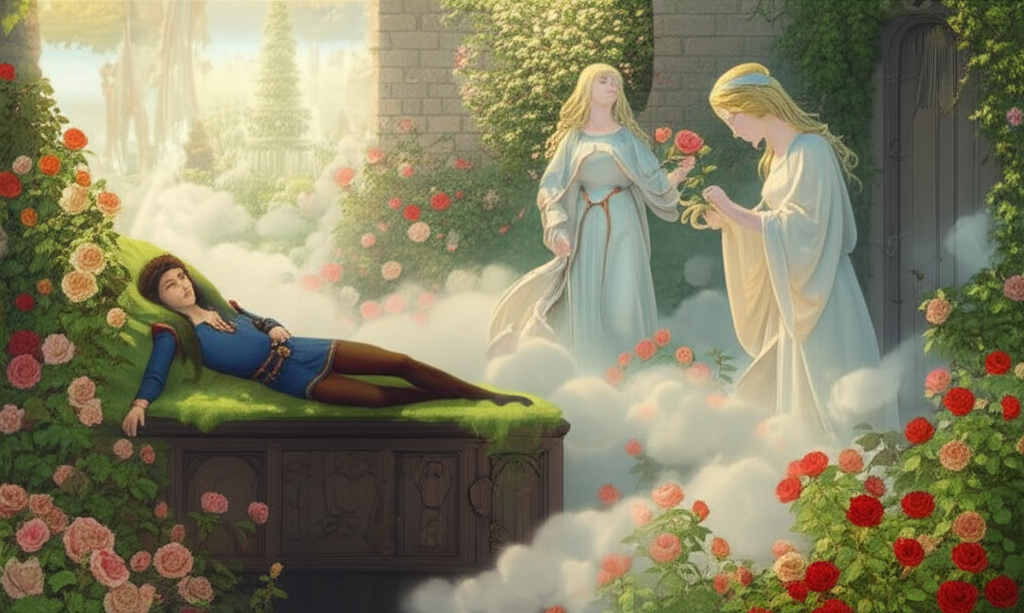
Chaucer's translation of the French allegorical poem 'Roman de la Rose.' This work represents his early engagement with continental European literary traditions and courtly love themes.
Key Concepts:
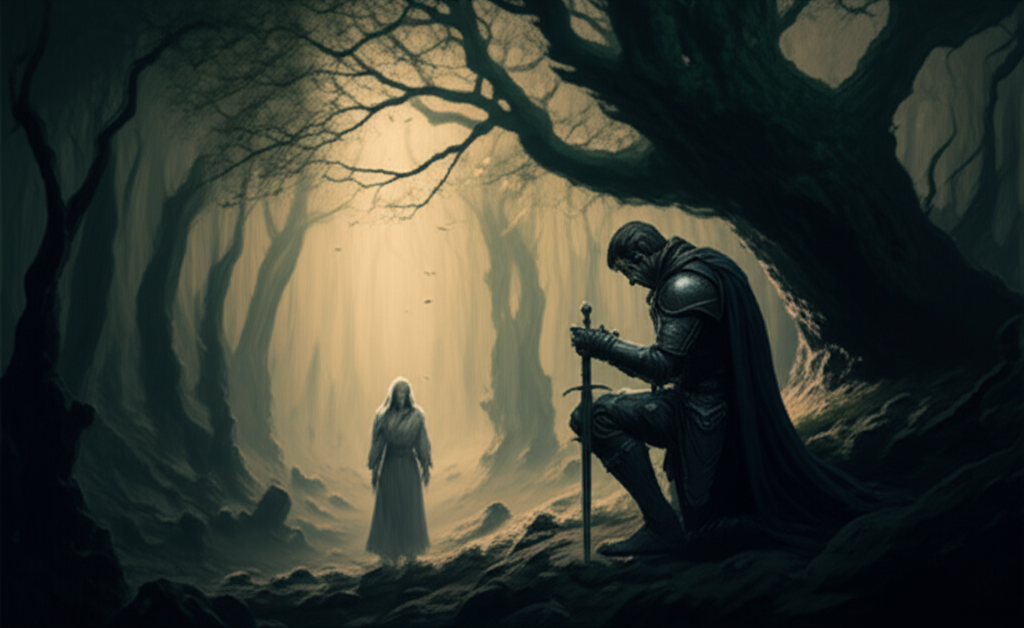
An elegiac dream-vision poem written to commemorate Blanche of Lancaster, wife of John of Gaunt. This work showcases Chaucer's early mastery of the dream-vision genre and his ability to blend personal grief with literary convention.
Key Concepts:
Key Quotes:
- "I have gret wonder, be this lyght, How that I lyve, for day ne nyght I may nat slepe wel nygh noght"
- "She was as good, so have I reste, As ever was Penelope of Grece"
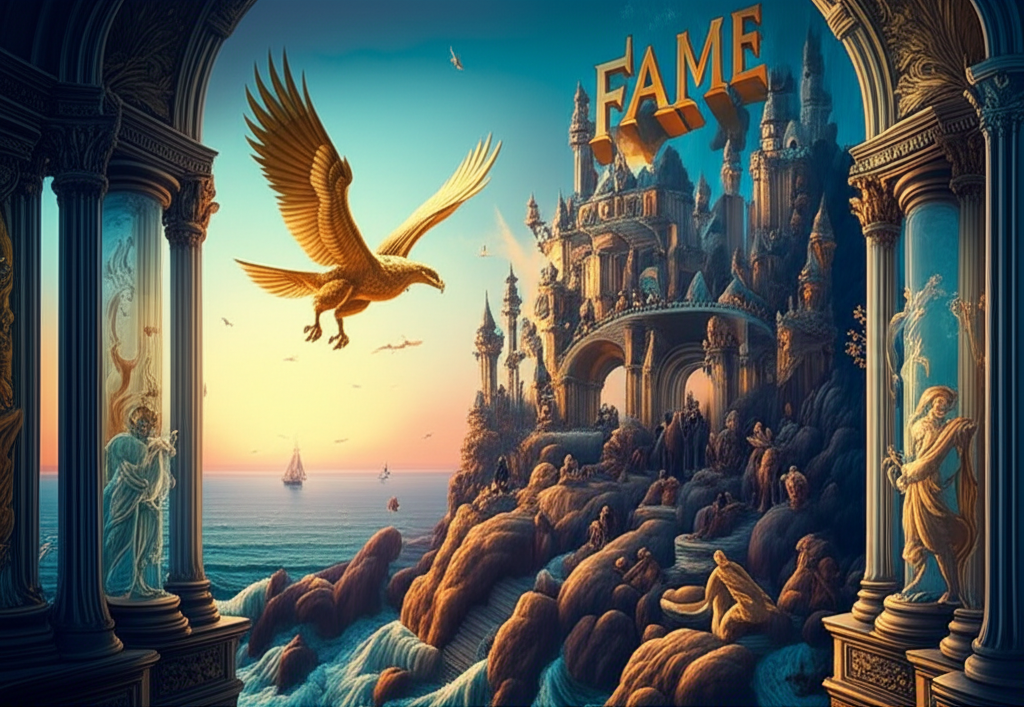
An unfinished dream-vision poem that follows the narrator's journey through the realms of Fame. The work explores themes of literary authority, reputation, and the nature of poetry itself.
Structure:
Book I: The Temple of Venus (Aeneid retelling) Book II: Journey with the Eagle Book III: The House of Fame (unfinished)
Key Concepts:
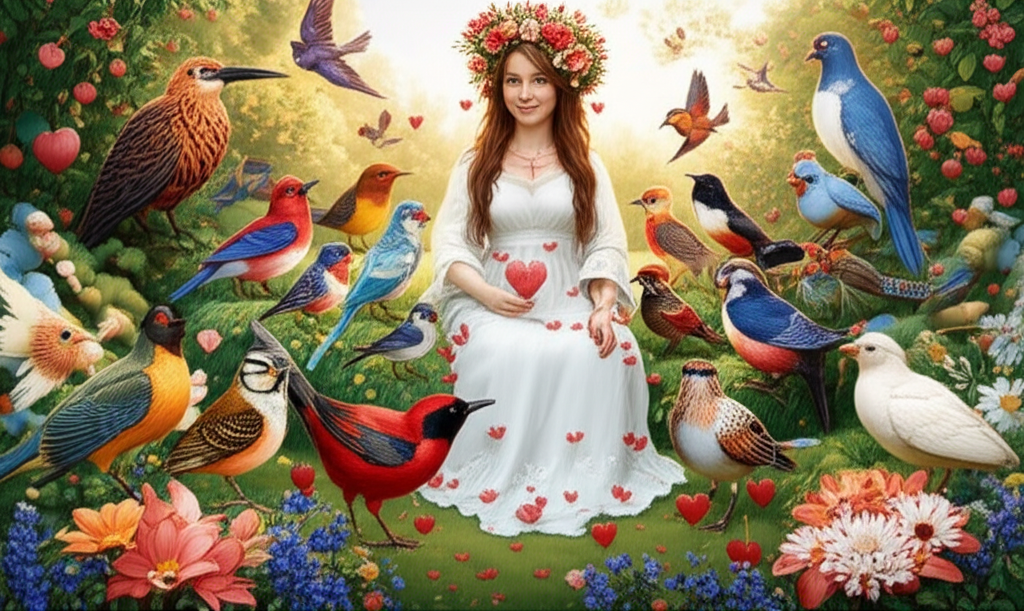
A dream-vision poem written for St. Valentine's Day, featuring a parliament of birds choosing their mates. The work combines courtly love traditions with natural imagery and democratic ideals.
Key Concepts:
Key Quotes:
- "The lyf so short, the craft so long to lerne"
- "For this was on seynt Volantynys day, Whan every foul cometh ther to chese his make"
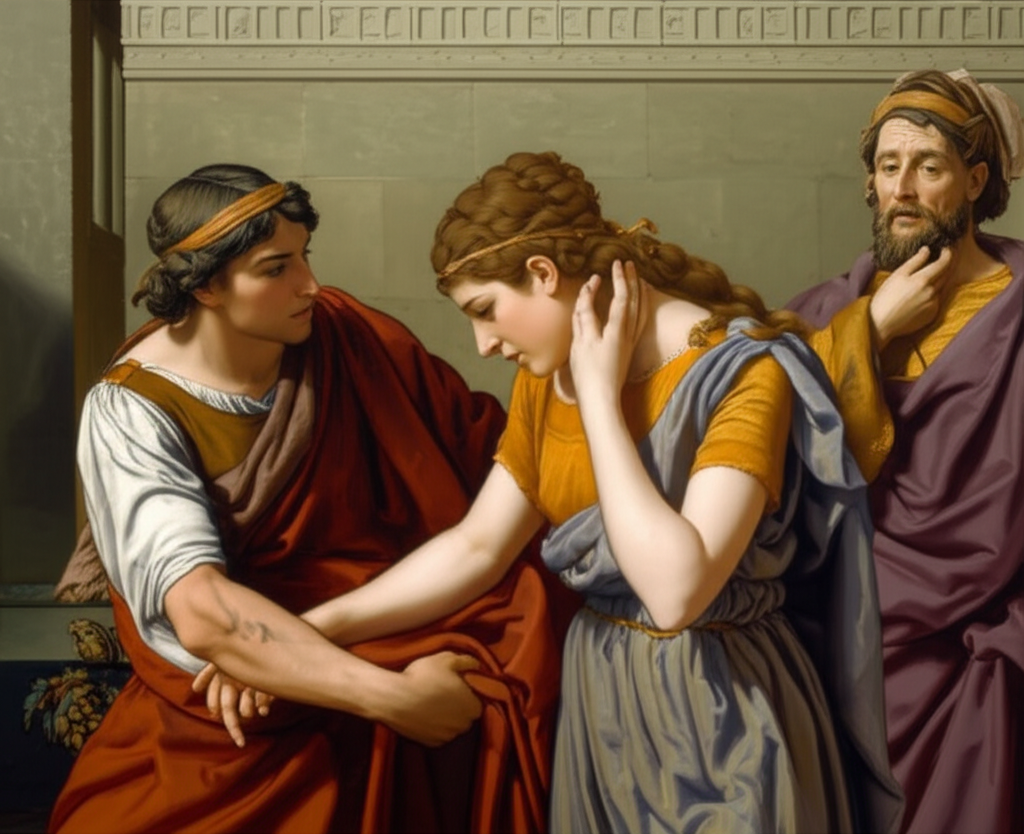
Chaucer's longest complete work, telling the tragic love story of Troilus and Criseyde set during the Trojan War. Based on Boccaccio's 'Il Filostrato,' it explores themes of love, fate, and human suffering with psychological depth.
Structure:
Book I: Troilus falls in love Book II: Pandarus arranges the meeting Book III: The lovers unite Book IV: Criseyde must leave Troy Book V: Betrayal and Troilus's death
Key Concepts:
Key Quotes:
- "If no love is, O God, what fele I so?"
- "Go, litel bok, go, litel myn tragedye"
- "Swich fyn hath, lo, this Troilus for love!"

A collection of stories about virtuous women from classical antiquity, framed by a dream-vision prologue. The work was left unfinished and explores themes of female virtue and male betrayal.
Key Concepts:
Notable Characters:
Cleopatra, Thisbe, Dido, Hypsipyle, Medea, Lucrece, Ariadne...

Chaucer's masterpiece, a collection of 24 stories told by pilgrims traveling from London to Canterbury. The work provides a comprehensive portrait of medieval English society, from knights to merchants to clergy. The tales range from courtly romance to bawdy fabliaux, showcasing Chaucer's versatility and his deep understanding of human nature. The frame narrative structure allows for social commentary through the interactions between pilgrims of different social classes. Notable tales include the Knight's Tale (a chivalric romance), the Miller's Tale (a bawdy fabliau), the Wife of Bath's Tale (exploring female sovereignty), and the Pardoner's Tale (a moral exemplum about greed). The work demonstrates Chaucer's mastery of various literary genres and his innovative use of the play-within-a-play technique through the storytelling framework.
Structure:
General Prologue: Introduction of pilgrims Fragment I: Knight, Miller, Reeve, Cook Fragment II: Man of Law Fragment III: Wife of Bath, Friar, Summoner Fragment IV: Clerk, Merchant Fragment V: Squire, Franklin Fragment VI: Physician, Pardoner Fragment VII: Shipman, Prioress, Chaucer, Monk, Nun's Priest Fragment VIII: Second Nun, Canon's Yeoman Fragment IX: Manciple Fragment X: Parson
Key Concepts:
Notable Characters:
The Knight - A noble warrior representing chivalric ideals, The Wife of Bath (Alisoun) - A confident, experienced woman who has been married five times, The Pardoner - A corrupt church official who sells false relics and indulgences, The Miller - A brawny, boisterous character who tells bawdy stories, The Prioress (Madame Eglentyne) - A refined nun with courtly mannerisms, The Summoner - A corrupt church court officer with a diseased face, The Friar (Hubert) - A corrupt mendicant friar who exploits the poor...
Key Quotes:
- "Whan that Aprille with his shoures soote, The droghte of March hath perced to the roote"
- "He was a verray, parfit gentil knyght"
- "She was a worthy womman al hir lyve: Housbondes at chirche dore she hadde fyve"
- "Radix malorum est Cupiditas (Greed is the root of all evil)"
Note: Unfinished at Chaucer's death; originally planned for 120 tales (60 going, 60 returning)

A noble warrior, epitomizing chivalry, truth, and honor. Modest in dress and speech.
(Illustration of The Knight)
Geoffrey Chaucer: Father of English Literature
From wine merchant's son to court poet and civil servant
Birth of Geoffrey Chaucer
Born in London to John Chaucer, a wine merchant. The exact date is unknown, but likely around 1340-1344.
Page to Elizabeth de Burgh
Serves as a page in the household of Elizabeth de Burgh, Countess of Ulster, beginning his court connections.
Military Service in France
Serves in Edward III's army during the Hundred Years' War. Captured near Rheims and later ransomed.
Marriage to Philippa Roet
Marries Philippa Roet, sister-in-law to John of Gaunt. This connection proves crucial to his career.
The Romaunt of the Rose
Translates portions of the French 'Roman de la Rose,' showing early engagement with continental literature.
The Book of the Duchess
Writes elegy for Blanche of Lancaster, John of Gaunt's first wife. Establishes his reputation as a court poet.
First Diplomatic Mission to Italy
Travels to Genoa and Florence on diplomatic business. Likely encounters works of Dante, Petrarch, and Boccaccio.
Controller of Customs
Appointed Controller of Customs for wool, skins, and hides at the Port of London. Provides financial stability.
The House of Fame
Composes dream-vision poem exploring themes of literary authority and reputation. Shows growing sophistication.
The Parliament of Fowls
Writes Valentine's Day poem featuring a parliament of birds. Demonstrates mastery of allegory and social commentary.
Troilus and Criseyde
Completes his greatest single narrative poem, based on Boccaccio's 'Il Filostrato.' Shows psychological depth.
Justice of the Peace
Appointed Justice of the Peace for Kent. Demonstrates his standing in local government and society.
Member of Parliament
Elected to Parliament as Knight of the Shire for Kent. His only known term in Parliament.
Begins The Canterbury Tales
Starts work on his masterpiece. The General Prologue introduces the pilgrims and frame narrative.
The Legend of Good Women
Writes collection of stories about virtuous women from classical antiquity. Left unfinished.
Clerk of the King's Works
Appointed to oversee royal building projects. Responsible for Westminster Palace, Tower of London, and other sites.
Robbed Twice in Four Days
Attacked by robbers twice while carrying out official duties. Reflects the dangers of his administrative role.
Deputy Forester
Appointed Deputy Forester of the royal forest of North Petherton in Somerset. A less demanding position.
Treatise on the Astrolabe
Writes scientific treatise for his son Lewis, demonstrating his knowledge of astronomy and mathematics.
Final Years of Writing
Continues work on The Canterbury Tales. Writes some of his finest tales including the Pardoner's and Nun's Priest's.
Death of Geoffrey Chaucer
Dies on October 25, 1400. Buried in Westminster Abbey, beginning what becomes Poets' Corner.
Drag timeline to explore more events
Canterbury Pilgrimage
Follow Chaucer's pilgrims on their journey from London to Canterbury
Frame Narrative: The pilgrimage provides structure for the collection of tales
Social Commentary: Each pilgrim represents different aspects of medieval society
These animations help visualize complex literary concepts that might be difficult to understand through text alone. Each animation is designed to enhance your understanding of the author's unique contributions to English literature.